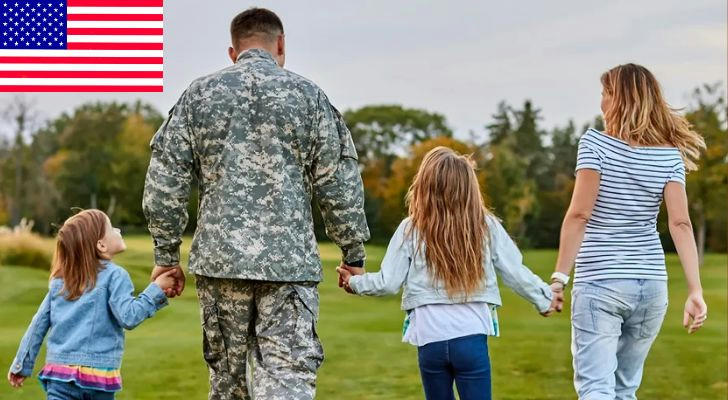🛡️ Government Veteran Assistance Programs: A Lifeline After Service
Leaving the military doesn't mean the battles are over. Many veterans return home to face chronic pain, PTSD, job uncertainty, or financial instability. The good news? There are powerful government-backed benefits designed to help veterans regain control, find purpose, and rebuild their lives—with the support they deserve.

🇺🇸 Why Are Veteran Benefits So Important?
Military service can leave lasting impacts on a person’s life. After separation, veterans may experience:
- Health challenges: physical injuries, PTSD, or chronic conditions
- Job market difficulties: lack of civilian experience or industry certification
- Financial strain: reduced income, high healthcare costs
- Family pressures: child education and dependent care expenses
Veteran benefits serve as a well-earned form of national support—helping those who served reintegrate with purpose and opportunity.
📋 What Benefits Are Available?
According to VFW.org, eligible veterans may apply for the following:
✅ Disability Compensation
Monthly tax-exempt payments for service-connected disabilities, scaled by severity.
✅ VA Pension
Financial support for low-income or permanently disabled wartime veterans.
✅ GI Bill (Education Benefits)
Tuition, housing, and training assistance through programs like the Post‑9/11 and Montgomery GI Bill.
✅ VA Health Care
Access to medical, mental health, prescription, rehabilitation, and specialized care—including support for women veterans.
✅ VA Home Loans
Help purchasing, building, or improving a home with no down payment or private mortgage insurance.
✅ Vocational Rehab & Employment (VR&E)
Career counseling, skills training, and employment placement, especially for veterans with service-connected disabilities.
✅ VA Life Insurance
Options such as VGLI, S-DVI, and VALife to protect veterans and their families financially.
✅ Family and Survivor Benefits
Includes Dependency and Indemnity Compensation (DIC), education support, and burial assistance.
✅ Homeless Veteran Programs
Housing, medical care, and job re-entry services for at-risk or displaced veterans.
📝 How to Apply
📍 Step 1: Determine Eligibility
- Sufficient active-duty service
- Service-connected disability or condition
- Honorable or general discharge status
🖥️ Step 2: Start the Application
- Visit the VA website or eBenefits portal
- Or contact a local Veterans Service Officer (VSO)
🤝 Step 3: Prepare Your Documents
- DD-214 (discharge paper)
- Medical records, income documents, and dependent information
📞 Step 4: Work With a VFW Representative
Veterans of Foreign Wars (VFW) representatives offer guidance on navigating the VA system and filing claims.
👨✈️ Veteran Testimonial
James R. (U.S. Army Veteran, Missouri)
“After leaving the Army, I struggled with chronic back pain and severe anxiety. I had no idea where to begin until a fellow veteran recommended I speak with a VFW officer. They helped me file my VA claim for healthcare and PTSD treatment. I now receive disability compensation and am attending community college using my GI Bill benefits. That support changed everything for me.”
✅ Final Thoughts
America’s veteran support system is robust—but only if you use it. Whether you’re newly separated or years into civilian life, it's never too late to claim the assistance you’ve earned.
Explore your options. Ask for help. Reclaim your future.